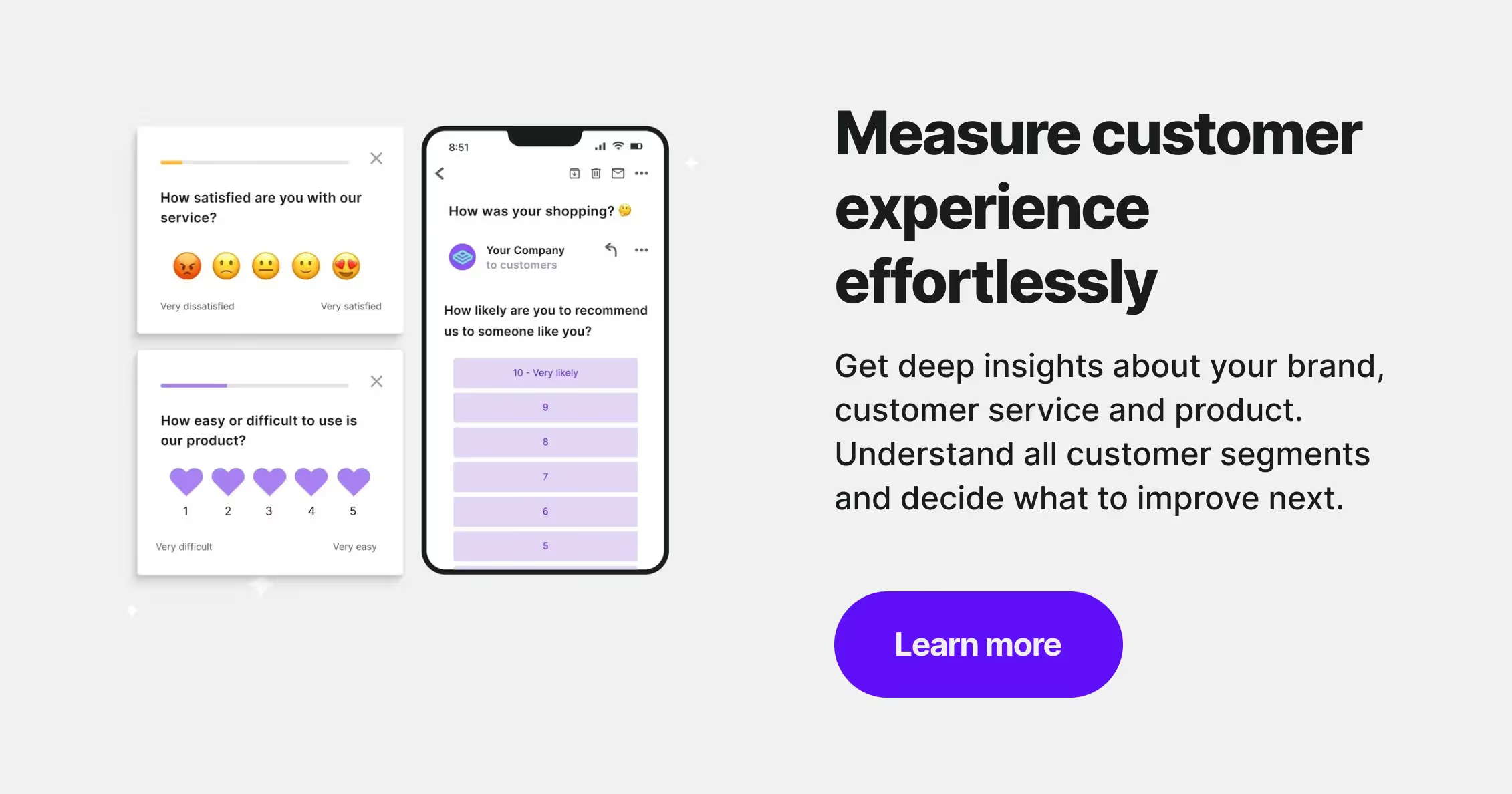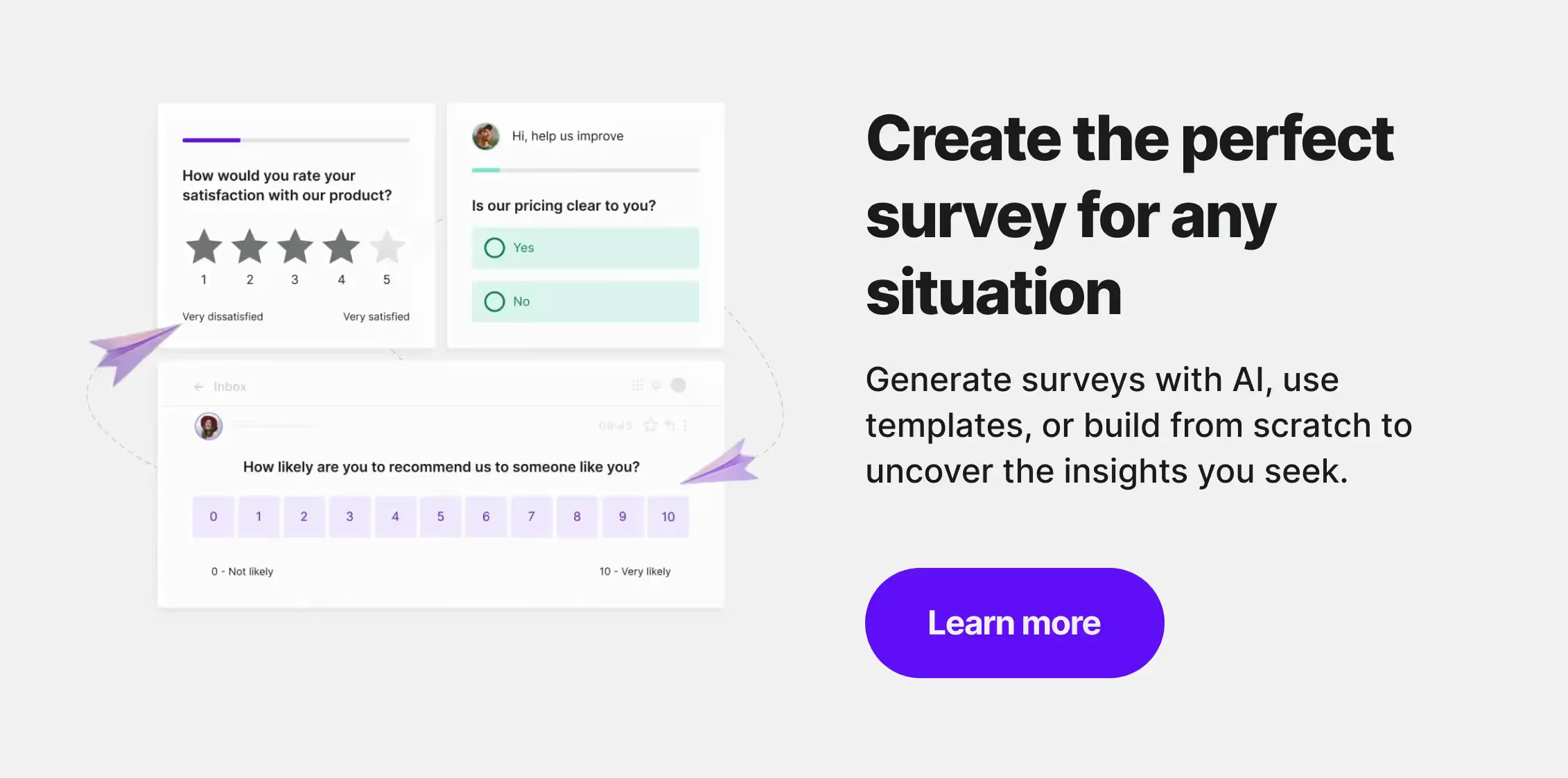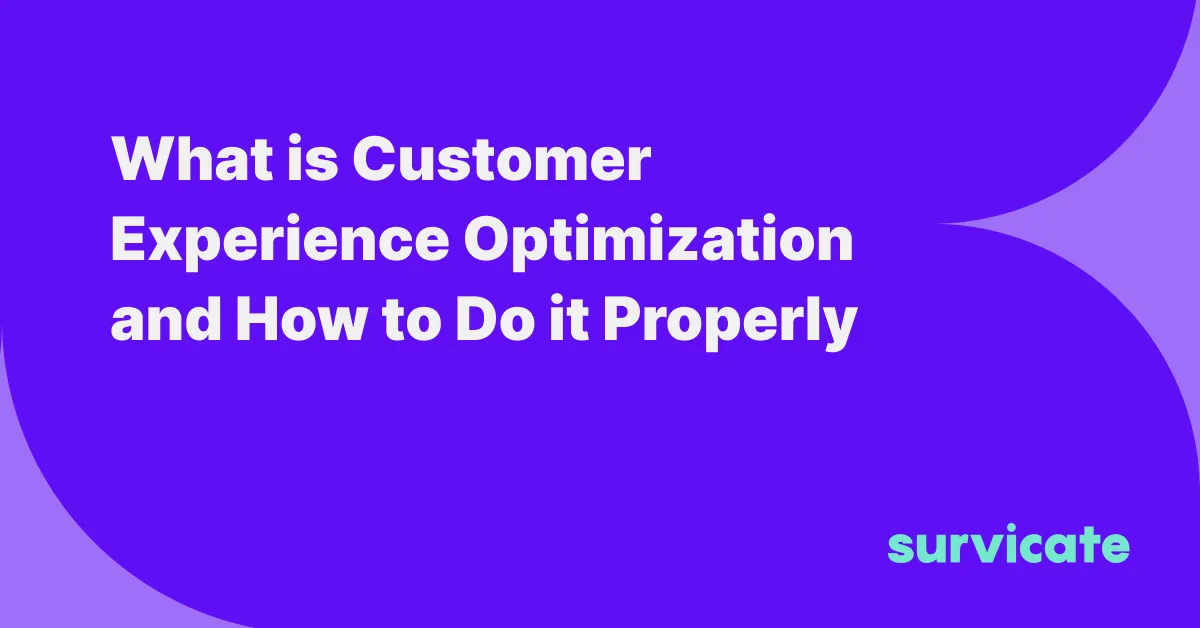Key takeaways:
- A digital journey is the online part of the overall customer journey, encompassing all digital interactions from discovery to post-purchase communication.
- Understanding the digital journey is essential for online business success, helping to identify customer engagement patterns and potential turn-offs.
- Touchpoints in the digital customer journey include website visits, digital ads, social media engagement, and mobile app usage, each offering a chance to impact the customer experience positively.
- The digital customer journey consists of five stages: awareness, consideration, decision, loyalty, and advocacy, each requiring tailored interactions and content.
- Regularly updating the digital customer journey map is crucial as customer behaviors and technologies evolve, ensuring the map remains a strategic tool for improving online experiences.
- Online surveys are a practical tool for collecting customer feedback on digital experiences, aiding in the identification of improvement areas.
Imagine going on a trip with no map—confusing, right? That's how customers feel without a clear digital journey. Now, let's swap the compass for technology and explore what a digital journey is and why it's key for businesses and customers alike.
This article is for anyone looking to improve their online customer experience. If you're struggling to keep customers engaged or wondering why they leave your site, we're here to help. We'll explain a digital journey, show you how to map it out and demonstrate how it can benefit your business. By the end, you'll see that understanding this journey is like finding a secret shortcut to customer satisfaction and loyalty.
Let's get started on the path to a better online experience for everyone.

What is a digital journey?
A digital journey encompasses all customer interactions with a company online. It starts from the moment they first learn about a brand to every follow-up communication that occurs after a purchase. This journey is crucial because it reflects how customers engage with businesses through digital platforms like websites, social media, and apps.
Digital journey and customer journey
The digital journey is a subset of the broader customer journey. While the customer journey includes every online and offline interaction with a business, the digital journey focuses solely on digital interactions. For businesses operating online, the digital journey might be the most significant part of the customer's overall experience with the brand.
Understanding the digital journey is key to success online. It allows businesses to identify what attracts customers, what keeps them engaged, and what might turn them away. By analyzing the digital journey, companies can optimize their online presence, improve interactions, and ultimately enhance customer satisfaction and loyalty.
Components of a digital journey
A digital journey is a customer's path with a brand through various online interactions. It's a crucial aspect of modern business strategy, as it shapes the customer's view and experience with a company. This journey is made up of several key components that work together to create a cohesive and satisfying experience for the customer.
Key customer touchpoints
Touchpoints are the moments where customers come into contact with a brand online. These can include visiting a website, clicking on a digital ad, engaging with social media posts, or using a mobile app. Each touchpoint offers an opportunity for a business to make an impression. The goal is to ensure that every interaction is positive, useful, and reflects the brand's values.
For instance, when a customer visits a website, they should find it easy to navigate and find the information they need. If they engage with a company on social media, they should encounter helpful content and timely responses to their inquiries. By carefully managing these touchpoints, businesses can create a smooth digital journey that encourages customers to move forward to the next stages of their journey.
Stages of interaction
The digital journey can be broken down into five interaction stages, typically including awareness, consideration, decision, loyalty, and advocacy.
- The awareness stage is when potential customers first come across a brand or product. They might see an online ad or a social media post that sparks their interest.
- Consideration stage: At this stage, customers are looking more closely at what a company offers and how it stacks up against competitors. They're gathering information and evaluating their options.
- Decision stage: Here, the customer is ready to make a purchase. They've decided that a product or service meets their needs and are taking action to obtain it.
- Loyalty stage: After the purchase, the focus shifts to keeping the customer happy and engaged. This could mean follow-up emails, customer support, or incentives for future purchases.
- Advocacy stage: Loyal customers actively promote the brand, influencing new buyers through personal recommendations, reviews, and social sharing.
Each stage requires different types of interactions and content. For example, the awareness stage might involve educational blog posts or eye-catching ads, while the loyalty stage might include personalized offers or a rewards program.
By understanding and optimizing all the stages, you can guide your clients through the customer journey effectively. This not only helps in attracting new customers but also in retaining them, ultimately contributing to a company's success.
Digital customer journey map
Creating a digital journey map is an exercise in empathy, a way for businesses to step into their customers' shoes and understand their online experience from start to finish. It's a visual representation that outlines each step a customer takes as they interact with a company online. Mapping this journey can provide invaluable insights into customer behavior, preferences, and pain points.
Why map the digital journey?
Mapping the digital journey offers several benefits. It can highlight where customers are having a positive experience and where they're facing obstacles. This insight allows businesses to make data-driven decisions to enhance the customer experience, leading to increased satisfaction and retention. Satisfied customers are more likely to return and recommend the business to others, driving growth and profitability.
A well-mapped eccommerce customer journey can also streamline the visitor's path to purchase, making it easier for them to find information, select products, and complete transactions. This smooth process can boost conversion rates and reduce the likelihood of cart abandonment.
Digital customer journey mapping
To create a digital customer journey map, start by outlining the stages a customer goes through, from awareness to advocacy. Next, identify key digital touchpoints where customers interact with the brand, such as social media channels, email, or live chat. It's important to consider the customer's goals and challenges at each touchpoint and how you can address them.
- Define Objectives: Understand what you want to achieve with the map.
- Gather Data: Collect information on how customers interact with your digital channels.
- Identify Personas: Create customer profiles to represent different segments of your audience.
- Map Touchpoints: List out all the places customers can interact with your brand online.
- Analyze Interactions: Look at what happens at each touchpoint and how it affects the customer's journey.
- Highlight Moments of Truth: Identify key moments that can make or break the customer experience.
Understanding customer expectations
Customer experience at each stage is crucial for a successful digital journey. You can gauge it with customer feedback coming from direct communication or online surveys. By asking customers about their experiences, you can better understand what's working and what isn't.
For example, during the awareness stage, your buyer personas might expect educational content that answers their questions. In the decision stage, they want clear pricing and easy navigation to make a purchase. After buying, they may expect prompt customer service and support. In the loyalty stage, the expectation shifts towards personalized communication, rewards, or incentives that make them feel valued and encourage repeat purchase.
You can create a more effective digital journey by recognizing and meeting these expectations. It's not just about selling a product or service; it's about building a relationship with the customer that fosters trust and loyalty. A digital customer journey map is a living document that should be revisited and updated regularly as customer behaviors and preferences evolve and as new technologies emerge.
A digital customer journey map is not just a tool for visualization but a strategic asset that can guide you toward delivering a superior online customer experience. It enables you to pinpoint where you can improve and how you can delight your customers at every online interaction.
Improving your digital customer journeys
Enhancing the digital customer journey is a continuous process that involves understanding your buyer personas, online behaviors, preferences, and pain points. By implementing best practices, you can provide a more engaging and efficient customer experience that not only meets but anticipates needs.
Utilizing online surveys
One effective method for gaining insights into the digital customer experience is through online surveys. These can be strategically placed across multiple channels, such as emails, your main website, in-product prompts, and mobile apps. Surveys allow you to collect direct feedback from customers about their digital interactions with your brand. By asking the right questions, you can uncover areas for improvement and understand what aspects of the digital customer journey are working well.
It's important to keep surveys short, relevant, and to the point to encourage higher response rates. Additionally, timing is crucial; for example, post-interaction surveys can capture a customer's immediate thoughts and feelings about their experience.
Tools like Survicate survey software let you launch targeted surveys across email, product, mobile, or your website—so you can capture user feedback exactly when and where it matters most in the journey.
Leveraging data and analytics
Data and analytics play a pivotal role in enhancing the digital journey. By analyzing customer behavior data, companies can identify patterns and trends that reveal what customers are looking for and how they navigate digital channels. This data can inform website design, content creation, and feature development decisions.
Metrics such as page views, bounce rates, and conversion rates offer a window into the effectiveness of your digital touchpoints. Analyzing this data helps pinpoint where customers might be dropping off and why, enabling you to make targeted improvements.
Tools to shape digital journeys
A variety of tools can support the optimization of your digital customer journey.
Analytics platforms are a key tool, enabling you to track user behavior across your digital channels. These can provide a granular view of how customers interact with your brand online, from the first click to the final purchase, to identify gaps across the entire customer journey.
Other useful tools include survey software for collecting feedback directly from customers. These platforms often come with templates and analytics features that make it easy to gain actionable insights.

You can create a more effective digital journey by combining the power of online surveys, data analytics, and the right set of tools. The key is to remain customer-centric, using the insights gained to drive improvements that will lead to a more satisfying and loyal customer base.
Get valuable insights with Survicate
Navigating your customer's journey doesn't have to feel like a trek through uncharted territory. With the right tools and strategies, you can build a solid digital presence. Now, let's bring it all home. Building a robust online presence hinges on understanding your audience and how they interact with your brand. That's where Survicate steps in as your trusty compass.
Survicate is customer feedback platform designed to help you understand how users interact with your brand across digital touchpoints. Whether it’s a homepage visit, product feature click, or post-purchase moment, you can trigger smart, targeted surveys to collect feedback in the right context.
Use Survicate to gather real-time insights through customizable surveys on your website, in-app, mobile, or via email. Combine quantitative metrics with open-ended feedback, and visualize your results instantly with built-in analytics.
Want to go a step further? Feed all your feedback—surveys, chats, reviews, and more—into Survicate’s Insights Hub. It automatically organizes and analyzes all your feedback so your team can spot trends, prioritize improvements, and keep the customer journey evolving in the right direction.
By engaging with your users and analyzing their feedback, you're not just building an online presence but nurturing a community that feels heard and valued.
Ready to take the guesswork out of your digital strategy? Embark on a smoother journey with Survicate's comprehensive toolkit. Sign up now for a free 10-day trial of all the Growth Plan features, and start paving the way to a stronger, more connected online presence.
You might also be interested in:








.webp)


.webp)


.svg)

.svg)



